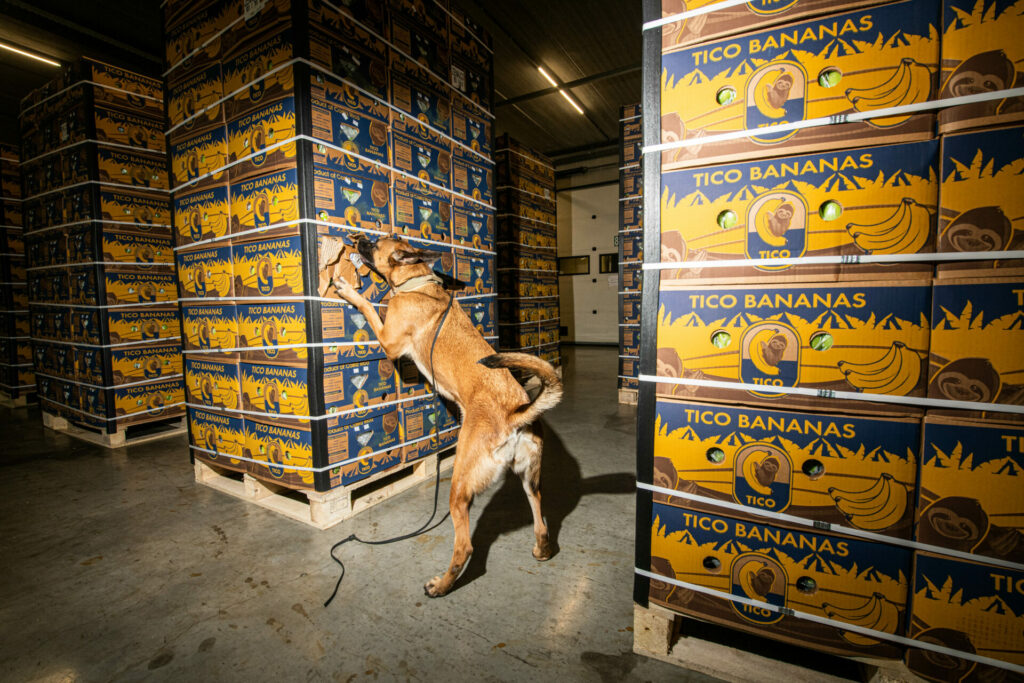A report on criminal networks in EU ports has been published by the European police organisation Europol in collaboration with the three major EU ports – Antwerp, Hamburg/ Bremerhaven and Rotterdam – mapping out their vulnerabilities and the risks for law enforcement in the fight against drug trafficking.
Antwerp, one of Europe’s biggest ports, is increasingly being targeted by criminal gangs for drug trafficking, resulting in a wave of crime in the province. Cross-border information sharing aims to combat this, exemplified by the work of Europol.
"As a side effect of the criminal operations in ports and the rivalry it entails, violence often spills out of major transportation hubs onto the streets of surrounding cities, where competition for distribution takes place," the report read. Recent bombings and shootings on the streets of Antwerp are proof of this.
EU seaports handle some 90 million containers every year, but port authorities are only able to inspect on average between 2 and 10% of these, meaning it is likely that tonnes of cocaine and other drugs pass through without being seized.
"This logistical hurdle represents a challenge for law enforcement and an opportunity for criminal networks to facilitate their criminal activities," the report read. "This has resulted in gangs infiltrating ports in all continents."
Meanwhile, Europol's Belgian Director Catherine de Bolle stressed that criminal networks "work together to circumvent security at land borders and in air and sea ports."
New ways of working
Criminals often bribe shipping companies’ personnel, port workers, importers, transport companies, and representatives of national authorities.
However, the report stressed that this approach requires the corruption of a large number of accomplices, resulting in organised criminals trying a "new modus operandi" that requires them to bribe fewer individuals.

A diver for customs is seen in a training tank with the port in the window reflection. Credit: Belga/ Jonas Roosens
An example cited in the report is the exploiting of misappropriated container reference codes for extracting illicit goods from ports, which requires the corruption of just one individual, along with a 'Trojan horse' style infiltration of extraction teams, who are then paid between 7 and 15% of the value of the illegal shipment.
"The Europol report on criminal networks in ports illustrates what we are up against. It lays bare the sophistication of criminal drug gangs, their strength, and their savagery," said Ylva Johansson, EU Commissioner for Home Affairs.
Involving all partners
De Bolle argued that cross-border information exchanges have increased, leading to deeper knowledge, which is "the most effective weapon against organised crime," and spurring calls for the exchange of information between these ports, Europol and amongst EU Member States to be further enhanced.
Related News
- Belgium to increase use of plea bargains to combat organised crime
- Bart de Wever reacts to major explosion in Antwerp
Europol added that continuous attention should also be paid to integrating security into the design of port infrastructure, while it called for public-private partnerships involving all port actors to tackle the infiltration of criminal networks into EU ports.
"We are working with authorities at all levels to strengthen systems in the fight against the criminal activity this report outlines," Johansson responded.

